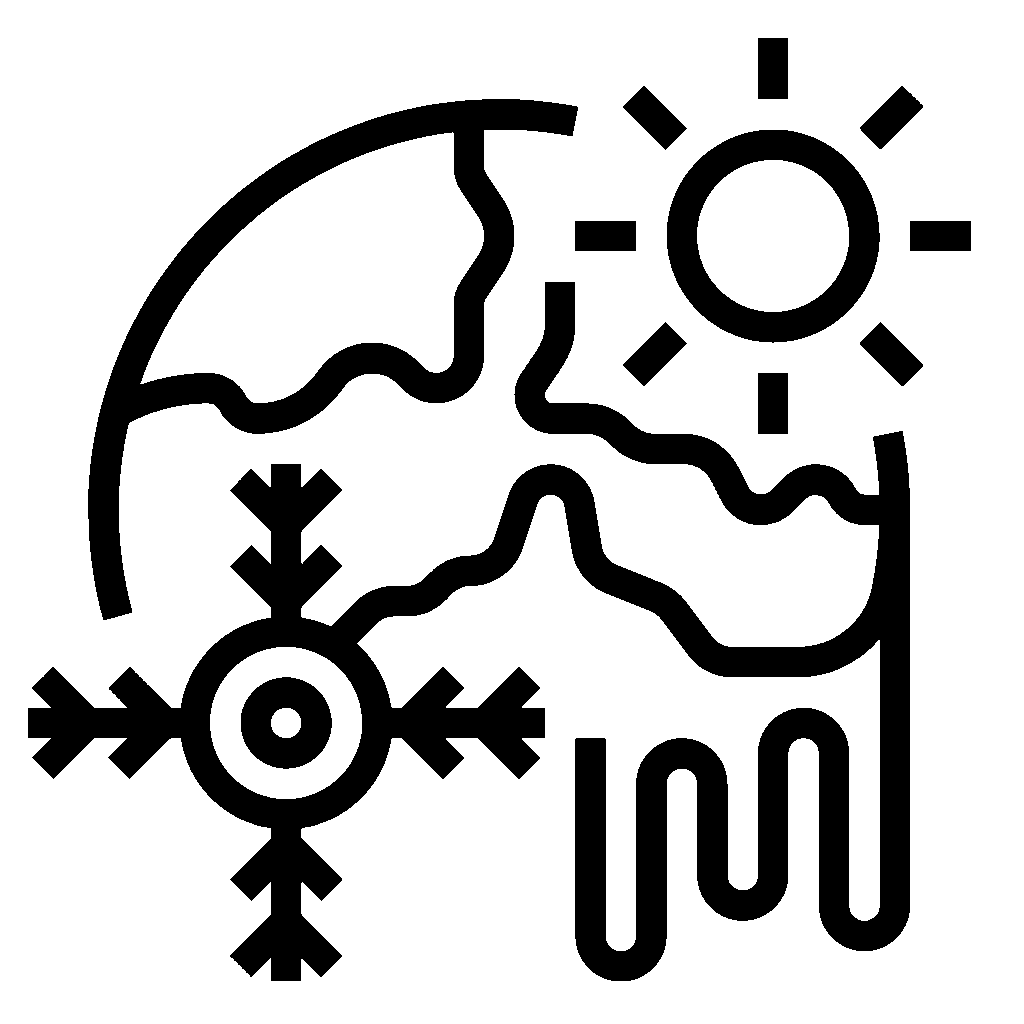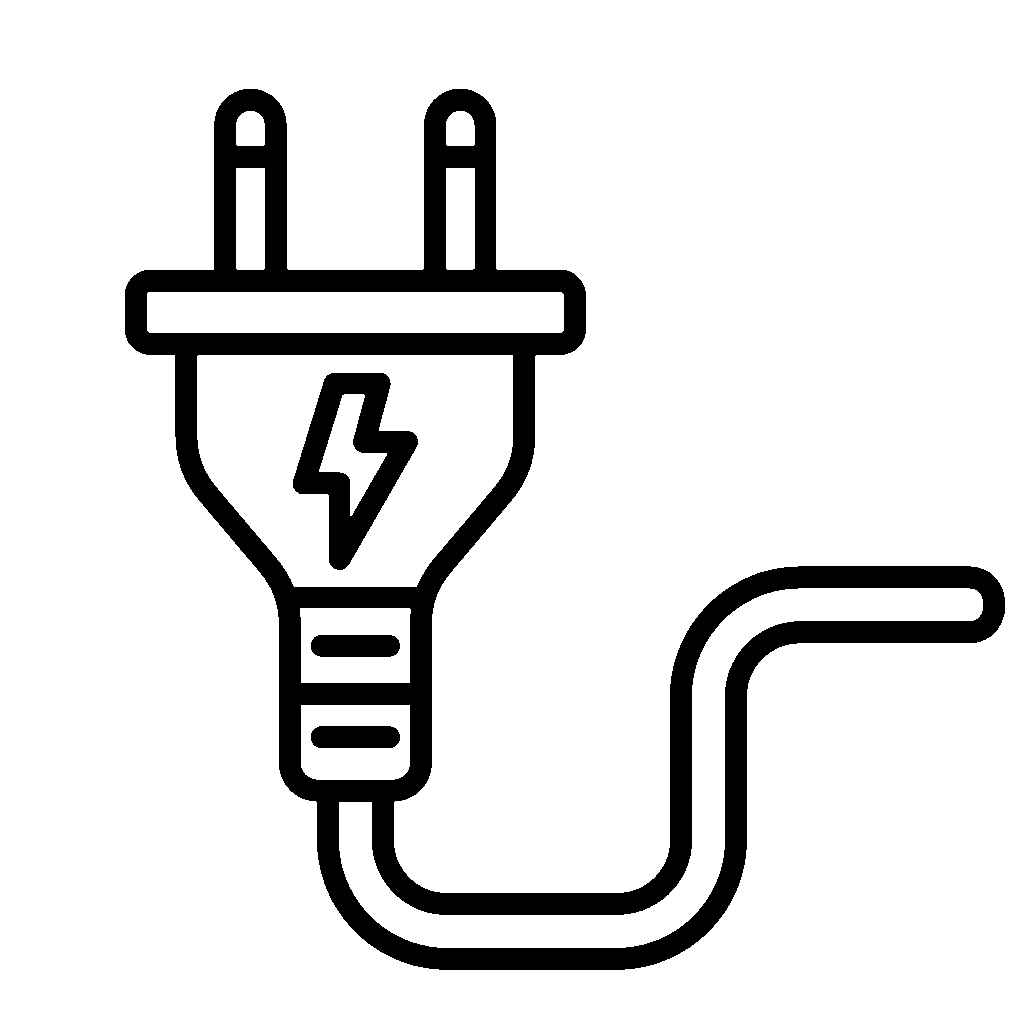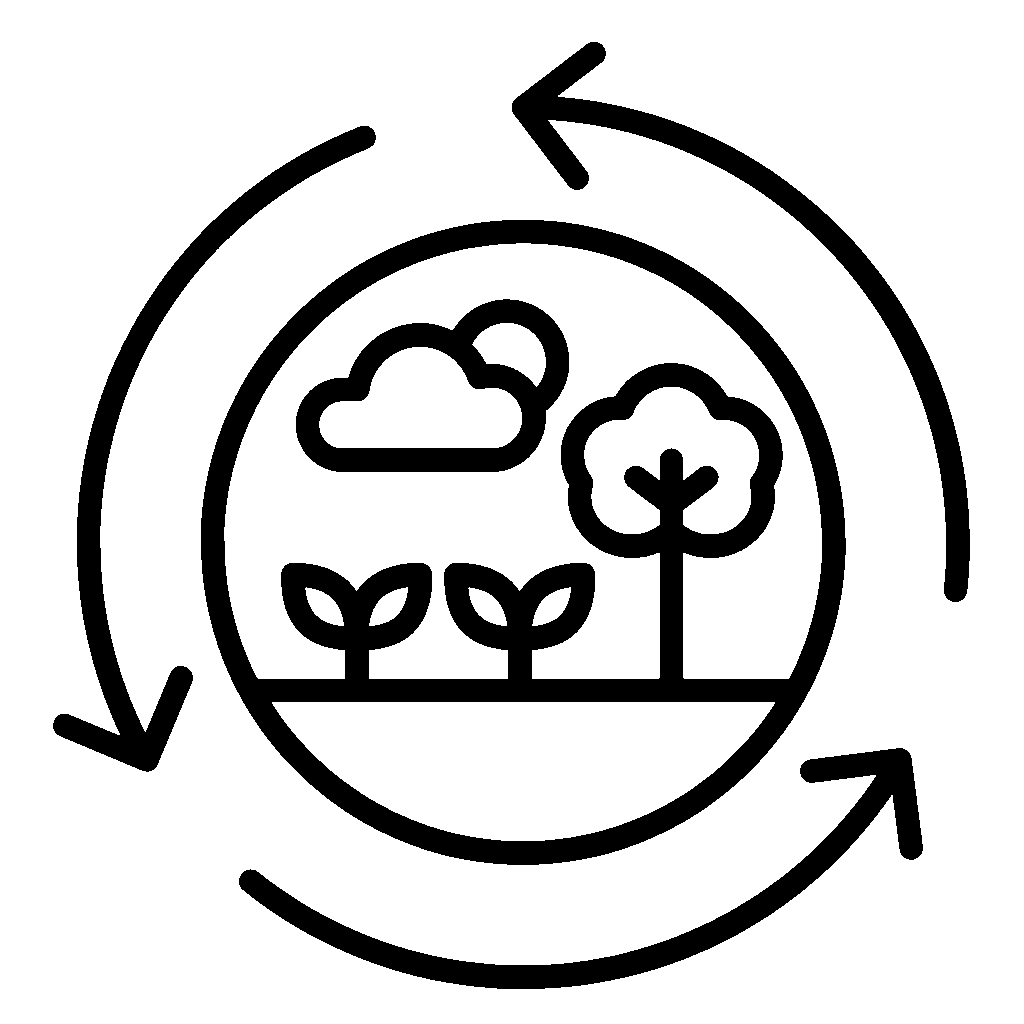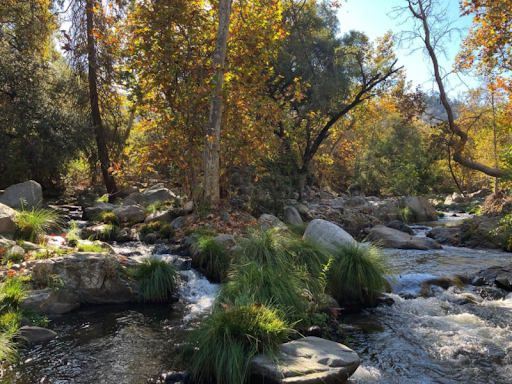Climate Science Alliance is an organization facilitating collaborative, community-based climate initiatives in the San Diego region. Their work was presented as a trusted convener and connector between local communities, tribes, and scientific partners.
What is Community Resilience?
Community resilience is a community’s capacity to prepare for, withstand, recover from, and adapt to both sudden shocks (like natural disasters) and long-term stresses (like climate change or economic decline). It encompasses four key dimensions: physical resilience of infrastructure and built environments, social resilience through strong networks and cohesive relationships, economic resilience via diverse local economies, and environmental resilience of healthy ecosystems. Rather than simply “bouncing back” to previous conditions, resilient communities “bounce forward” by using challenges as opportunities to become stronger, more adaptive, and better prepared for future disruptions. Building community resilience requires integrated approaches that simultaneously address social cohesion, economic diversity, robust infrastructure, effective governance, emergency preparedness, and environmental health—recognizing that these elements are interconnected and that true resilience emerges from their collective strength.

